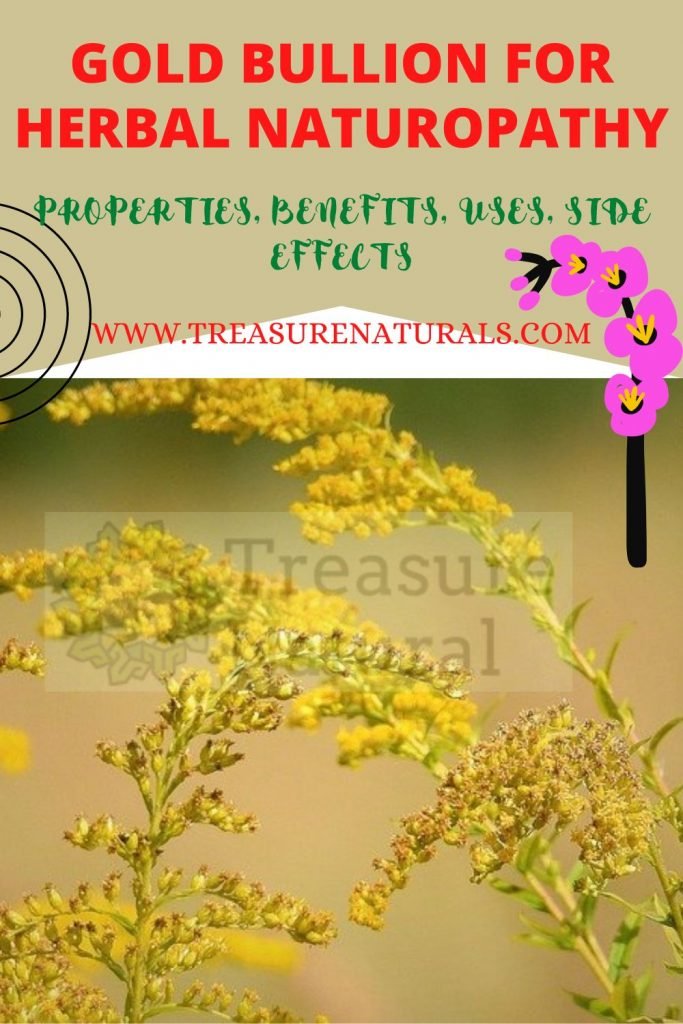
The goldenrod is a diuretic herbal and phytotherapeutic remedy, especially useful for treating inflammation of the urinary tract.
The goldenrod is a medicinal plant with a diuretic and anti-inflammatory action, useful against water retention, cellulite blemishes, gout and hyperuricemia.
What is the goldenrod
The goldenrod ( Solidago virga-aurea ) is a perennial herbaceous plant of the Asteraceae or Compositae family.
The flowering tops of this plant contain:
- Essential oil;
- flavonoids;
- triterpene saponins;
- phenolic acids;
- tannins
which give it properties and benefits and justify its use in herbal medicine and phytotherapy.
Properties of the goldenrod
The use of the goldenrod in herbal medicine and phytotherapy is given by the properties of this plant. In particular, the goldenrod or solidago virga aurea has action:
- Diuretics;
- purifying;
- astringent;
- antiseptic;
- healing;
- antilithiasis;
- spasmolytic.
What is the goldenrod used for
The benefits of the goldenrod are mainly reflected in the urinary tract. This plant is in fact used to eliminate gravel, prevent the formation of stones and as an adjuvant in urinary bacterial infections.
It is therefore a natural remedy for cystitis, to be taken together with other antiseptic plants.
The diuretic and purifying action of the goldenrod makes it useful in the presence of water retention, cellulite blemishes, gout, hyperuricemia.
The goldenrod can therefore be inserted in the formulation of draining herbal teas. Also thanks to its diuretic action, taking goldenrod can help reduce blood pressure.
Additionally, goldenrod has been shown to be effective in fighting Candida albicans infections and relieving:
- Stomatitis ;
- throat inflammation .
thanks to its soothing and antiseptic properties.
As for the use of the goldenrod for hair and skin, this remedy is indicated for rubbing and washing in case of redness of the skin and scalp.
How to use
Of goldenrod are used for therapeutic purposes, the flowering tops collected between July and October. It can be used in the form of:
- Infusion ;
- decoction;
- mother tincture ;
- essential oil .
The infusion of golden rod is prepared by putting in infusion 3-5 g of grass in 150 ml of boiling water for 15 minutes. You can drink two to four cups a day, between meals, for two to four weeks.
The goldenrod infusion can also be used externally as a mouthwash against inflammation of the mouth and for cleansing intimate areas in case of inflammation and infections.
The mother tincture of goldenrod is administered at the dosage of 30 drops diluted in a little water, one to three times a day.
Goldenrod essential oil is normally used externally, diluting a few drops in a vegetable oil, to massage against joint and muscle pain.
Contraindications of the goldenrod
At normal dosages, goldenrod does not appear to have any toxic or unwanted effects. Its intake is avoided in case of allergy to Asteraceae. It is also necessary to pay attention if, at the same time, diuretic drugs are taken. The goldenrod should not be used in pregnancy, lactation, edema and chronic kidney disease .
Description of the plant
The plant goldenrod is a perennial herb of the family Asteraceae, spread throughout Europe. The goldenrod can reach one meter in height, developing a purplish, erect stem.
The leaves are oval, elongated opposite and velvety, while the flowers are bright yellow flower heads rejoined in clusters. The fruit is a pale yellow cypsela.
In addition to the common goldenrod, there are other species of Solidago, including the greater goldenrod ( Solidago gigantea ) of which the root rich in inulin is used, and the Canadian goldenrod ( Solidago canadensis ).
Habitat of the goldenrod
The goldenrod grows in mountainous areas, bushes, wastelands and woods. It is a typical plant of the cold temperate areas of Asia and Europe.
Background
The botanical name of the goldenrod, Solidago virga-aurea, derives from the Latin ” solidus “ (solid, strong) and ” agere” (operate, make) and alludes to the healing properties of the plant, the main reason for its fame in ancient times, while today its tropism for the kidneys and urinary tract is more exploited.
In the Middle Ages the Goldenrod was in great demand for healing cuts, drunk in herbal tea or spread in ointment.






